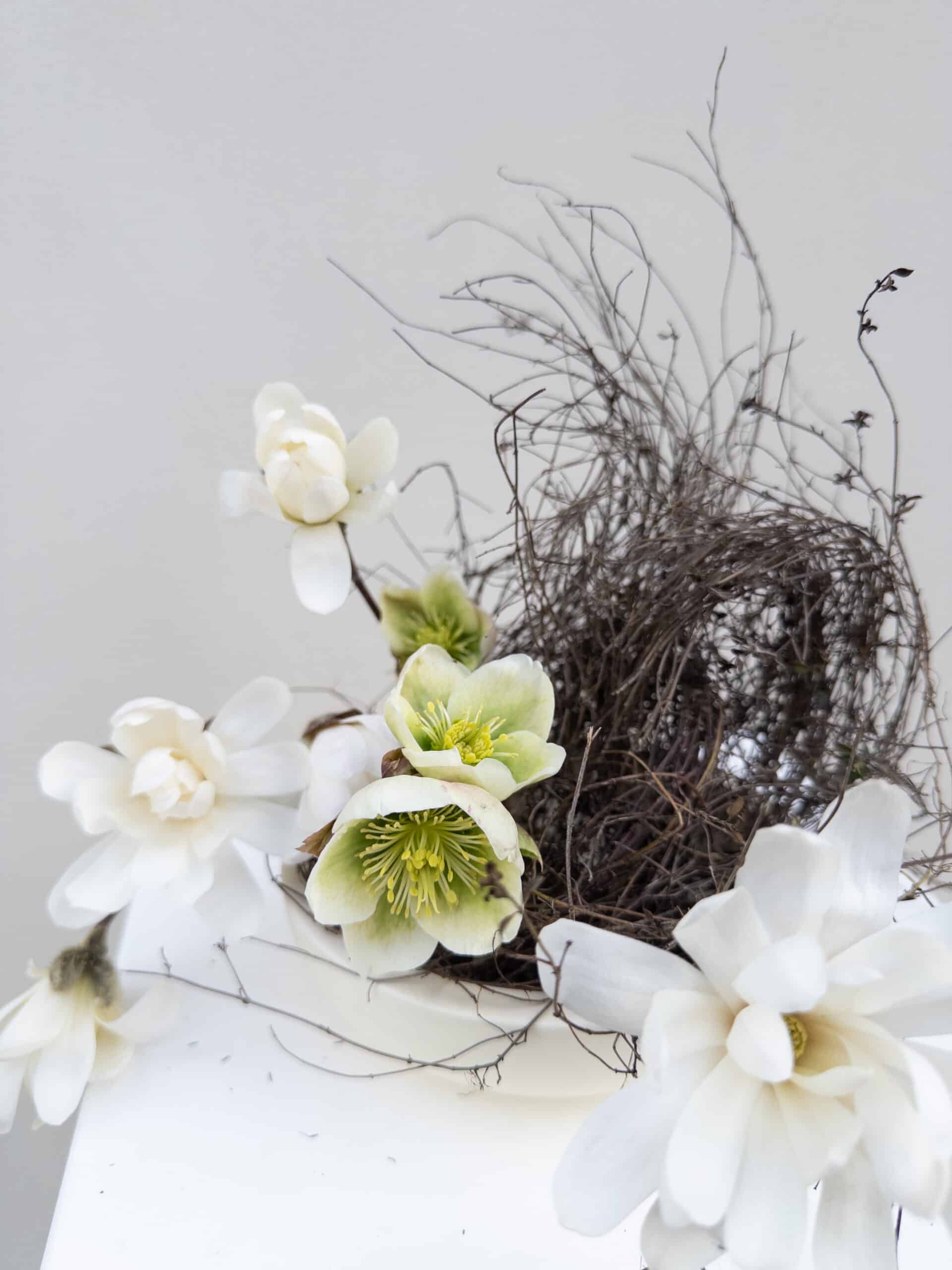Sustainability Sunday volume. 3
A Tricky Industry
The floral industry is a tricky thing. We get into it because we are lovers of nature, of natural beauty and phenomenon. Flowers themselves are a miracle, simply by existing, and just to be near them connects our souls to something inherently bigger than ourselves.
And then comes global capitalization. Flowers hold traditional value everywhere, and so they are used in weddings. They hold symbolism, and so they are used as gifts. They hold great natural beauty and luxurious qualities, and so they are used in decor, often en masse.
Where are they coming from? Who grows and prepares them for us? How do they ensure their life and longevity?
Columbia Second-Largest Exporter
Colombia is the second-largest exporter of flowers in the world (After Holland). The major production hub is placed around the capital city, Bogota. Approximately 7266 ha are devoted to production of ornamental species under greenhouse conditions, the most important being roses and carnations.
This is a huge number, and requires many workers and preservation tactics to ensure the flowers’ reliable production. How do they protect and grow the flowers? Pesticides of course.
And in Latin America, economic pressures and generally weaker environmental laws have created a powerful incentive to overuse pesticides.
Whereas flower-based food products abide by maximum residue limits (MRL) in pesticides to ensure food security, ornamental flowers aren’t held to the same standard. There are no limits on the amount pesticide residues in most production greenhouses, which results in a highly toxic workplace, and product.
Many import flowers are still oversaturated by the time they get to the hands of the consumers.
However, risk to consumers is far less great than that of flower growers, who are often consumed in plumes of pesticide fogs.
Adverse Health Affects
Regarding adverse health effects, poorer neurobehavioral development, reproductive disorders, congenital malformations and genotoxicity have been reported for residents of flower production areas and workers throughout the flower production cycle. Studies including water samples show overuse of pesticides, while environmental impacts are related to water and air contamination, soil degradation and adverse effects on the reproduction and development of non-target organisms.
There may be active conversation and small changes in the floriculture industry to increase pesticide-training and safety precautions, however, the many poisonings and other adverse health effects among workers and communities say that changes aren’t coming fast enough.
As a florist, I do my best to select flowers that are local to BC, while also foraging for many of my fillers, greenery, or other organic material. I have a lot of responsibility in this industry, and the decision-making power to choose where my materials come from. We all need to be mindful of our materials, and not just how it affects our practice and our work, but the people and environments involved in getting us the product in the first place.


Leave a Reply